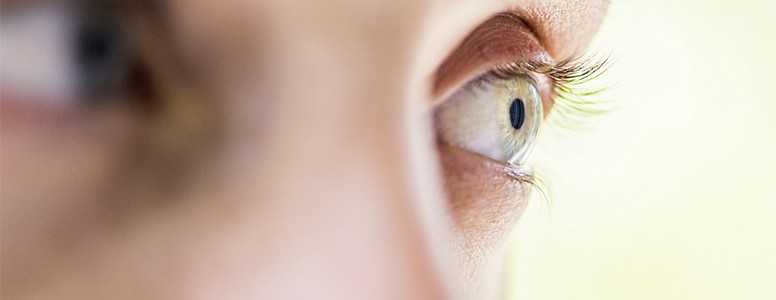Diabetic Retinopathy Treatment
No waiting times, fast tracked appointments.
Book your consultation today. No waiting times.
0% finance available
No waiting times
World class local surgeons

- Diabetic retinopathy (Diabetic eye)
Diabetic retinopathy is a complication of diabetes, and causes damage to the blood vessels in the retina (retina is the tissue lining the back of the eye that detects light and allows us to see like the film in a camera).
Causes of Diabetic Retinopathy
Many people with diabetics – particularly those with poor diabetic control which results in too-high blood sugar levels over long periods of time – have damaged blood vessels in the retina. This condition, called diabetic retinopathy or diabetic eye affects up to eight out of 10 patients who have had diabetes for 10 years or more.
Types of diabetic retinopathy
Many people with mild diabetic retinopathy have good vision, but there are two types of sight-threatening diabetic retinopathy.
In this condition, fluid leaks out of the tiny damaged blood vessels in the back of the eye, and accumulates in the macula (the central part of the retina which is responsible for seeing fine details and central vision). This leads to swelling of the tissue and blurred vision. Eventually, patients with diabetic macular oedema can develop poor central vision and be unable to read or drive, but the vision to the side usually remains normal.
This occurs when the retina is starved of blood, caused by the retinal blood vessels narrowing and eventually closing. This causes abnormal and very fragile blood vessels to grow on the surface of retina which can lead to permanent loss of vision caused by bleeding into the eye, retinal scarring and retinal detachment.
Preventing Diabetic Retinopathy
It is not possible for you to tell if your eyes have diabetic retinopathy and for that reason you need to be seen at least once a year by doctor or optician to detect changes.
What can you do to stop or slow down the changes from developing?
- Stop smoking
- Healthy diet
- Regular exercise
- Have regular checks of your eyes with your optician or eye specialist (with dilated pupils)
- Regular checks of your glucose, HbA1C, & blood pressure,
- Attend your annual diabetic review where your urine protein, feet, and other checks are carried out
- If you have family history of heart or another type of vascular disease you may be more prone to complications.
Treatment for Diabetic Retinopathy
If you develop DMO, options of treatment include
- Laser photocoagulation, which involves placing tiny laser burns in the area of leakage in the retina which slow the leakage of fluid and reduce the fluid in the eye.
- Anti-VEGF drugs such as bevacizumab (Avastin), ranibizumab (Lucentis) and aflibercept (Eylea) given as a course of injections in the eye.
- Injection of steroid implants such as dexamethasone (Ozurdex) and flucenolone acetonide (Illuvien).
If you are diagnosed with PDR, treatment options include laser photocoagulation and anti-VEGF injections.
Ask your specialist if these treatments are suitable for you or available to you.
